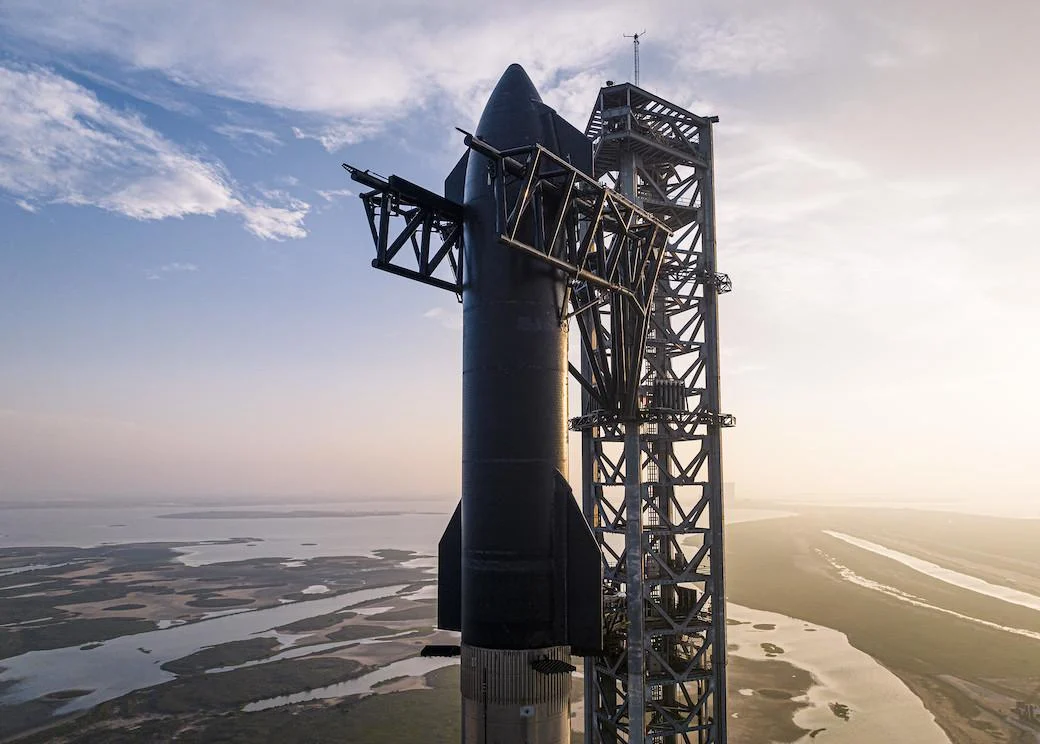
Starship
Credit: SpaceX
SpaceX has been ordered to implement 63 corrective actions to resume flight testing of its Starship Super Heavy launch system following a debut liftoff mishap that left the launchpad deck foundation shattered. The Super Heavy booster also failed in flight, triggering the rocket’s automated flight...
Subscription Required
This content requires a subscription to one of the Aviation Week Intelligence Network (AWIN) bundles.
Schedule a demo today to find out how you can access this content and similar content related to your area of the global aviation industry.
Already an AWIN subscriber? Login
Did you know? Aviation Week has won top honors multiple times in the Jesse H. Neal National Business Journalism Awards, the business-to-business media equivalent of the Pulitzer Prizes.





